Fruits in Crete
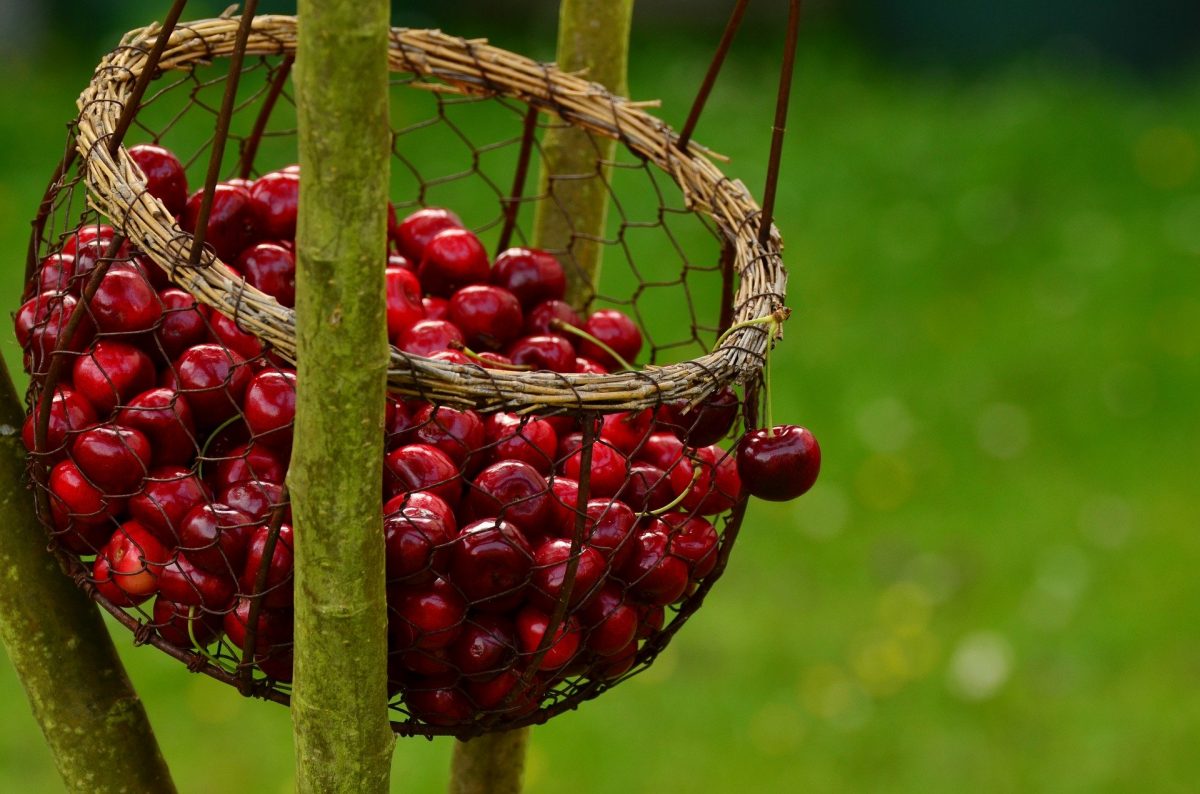
Crete has rich soil that produces flavorful fruits. The fruits in Crete are organic and for that reason, the Cretans love to use them in their dishes. For the most part, fruits add hints of sweetness or sourness to a dish that automatically elevates it.
Generally speaking, experts advise a 400 grams intake of fruits and vegetables daily. Fruits are an outstanding source of essential vitamins, minerals, and fiber that help an organism to remain healthy. Importantly, eating a diet high in fruits can lessen an individual’s danger of developing heart disease, cancer, inflammation, and diabetes. As a result, the Mediterranean diet is one of the healthiest in the world and it is no surprise that the Cretan cuisine is the base of it.
Let us dive deeper into the tasty fruits that grow in Crete. We hope you enjoy this fruity article!
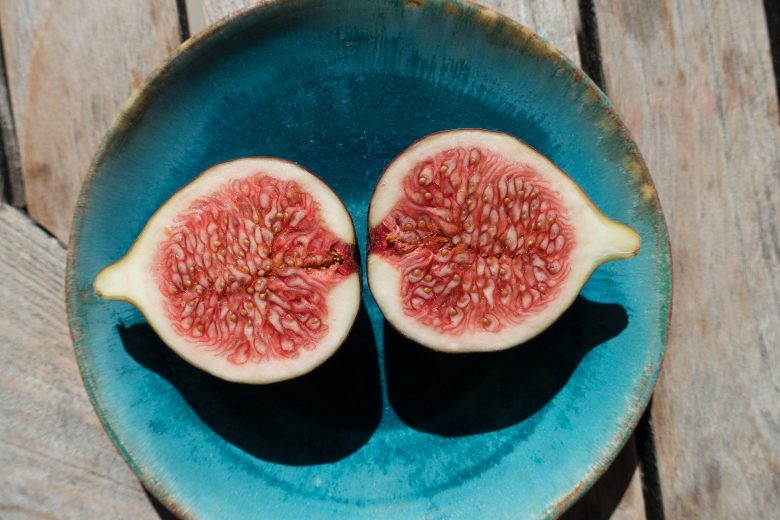
Figs in Crete
In Greek mythology, the goddess of the harvest, Demeter, was the one who created the fig tree. Therefore, it is easy to assume that the fig tree was one of the first plants cultivated by humans. Thousands of years ago, the ancient Greeks understood the health benefits of it and incorporated it into their diet. Particularly, Aristotle documented that fig juice was used as rennet in cheese making as it has a milky texture.
The fig tree, “ficus”, has wide leaves and small flowers. The flower blooms in January, however, the fruit is in season from June to September. The fig reaches a height of 7 meters and grows on hard soil or in gardens. One can eat a dry or a fresh fig and fig marmalade are immensely popular as well. However, the ripe fruit is overly sensitive and needs a lot of caution when transported as opposed to the dried fig. Finally, farmers use figs to fatten up their geese to produce foie gras.
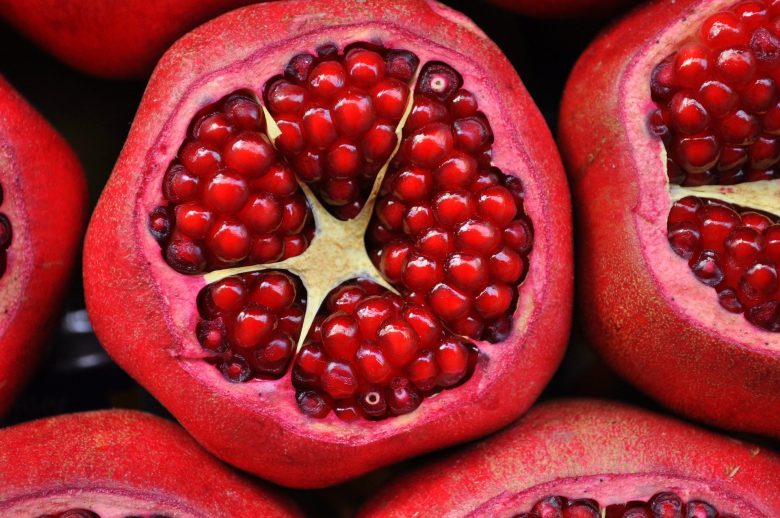
Pomegranates in Crete
In Greek mythology, the pomegranate was the sacred fruit of Hera, the mother of all gods and the goddess of marriage. Moreover, the pomegranate, symbol of life and fertility, was associated with the goddess of the harvest, Demeter, and her daughter Persephone. Persephone’s role was to return each spring to rejuvenate the earth.
The pomegranate, “punica granatum”, is a small tree with shiny leaves that grows up to 5 meters tall. It has big red flowers that bloom in May – June. Its fruit has a pinky red color that can be collected during the winter months of October – November. Traditionally, all over Greece, the pomegranate is gifted during New Years and it is good luck.
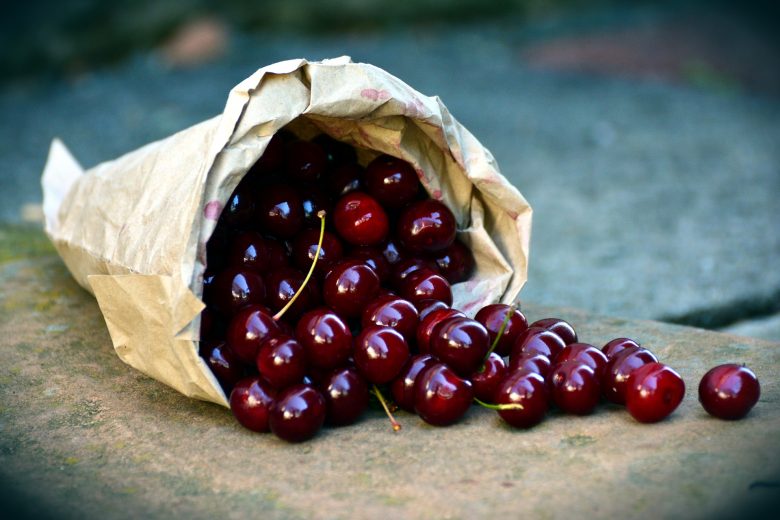
Sour Cherries in Crete
All over Crete sour cherries make up a very tasty and sweet dessert that they serve to all visitors who drop by their house. This “spoon sweet” (gliko koutaliou in Greek) is made from sour cherries that are boiled together and mixed with sugar. The Cretans serve a spoonful of cherries with a lot of syrup on a delicate little glass dish. They never forget to bring a nice icy cold glass of water. The wood of the cherry tree is awfully hard and based on Theophrastus, it was used for making bows and spears. Finally, according to Pausanias, the Trojan horse was constructed with cherry wood.
The Cherry tree, “prunus cerasus” is a small tree that grows up to 5 meters and has oval leaves. Its small yellow flowers bloom in February – March and it fruits in the summer month of July.
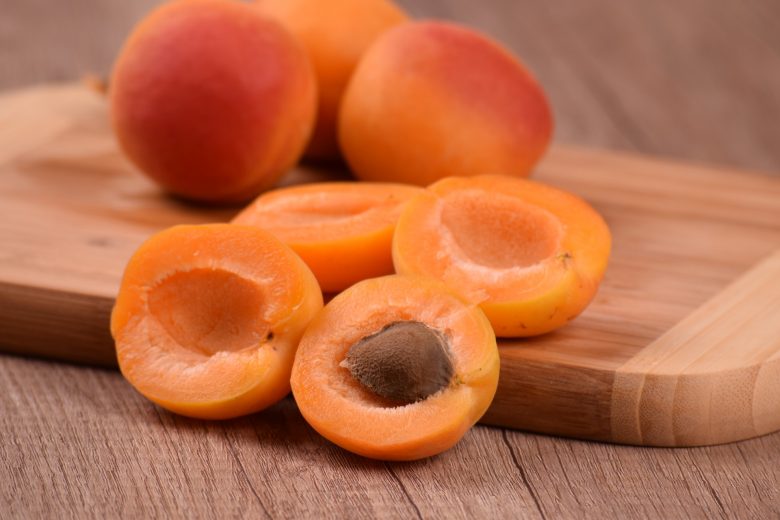
Apricots in Crete
Apricot trees grow in Greece for thousands of years and the first name was “Armenian Apple”. Cretans use the pip of the fruit to make a home-made liqueur. They sun dry it, boil it in cherry syrup, and mix it up with brandy.
Apricot trees, “prunus armeniaca” are small, they grow up to 6 meters tall in mainly in gardens. This small tree has oval leaves with white and pink flowers. It blossoms in the winter month of February; however, it fruits in spring, May, and June.
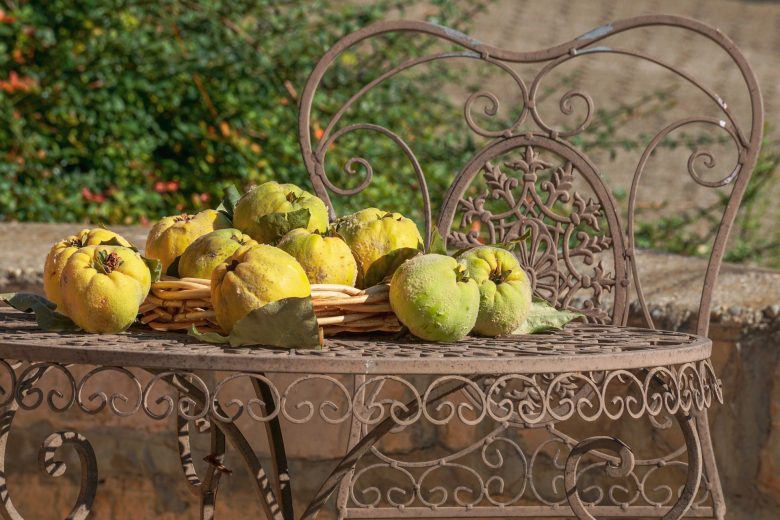
Quinces in Crete
Quinces are ancient Cretan fruit and they were called the “Apple of Kydonia”, after the ancient Cretan city of Kydonia. In Greek mythology, the quince was the sacred fruit of Aphrodite, the goddess of love and marriage and in ancient times newly wedded couples used to eat quince at their wedding feast. Concerning the health benefits of this fruit, it is safe to say that it is an immensely popular medicinal plant. Gastritis, sore throats, and coughs are issues that many doctors use quinces to treat.
Quinces when cooked, are edible, however, when raw they are quite sour. It fruits in November, whereas it flowers in April.
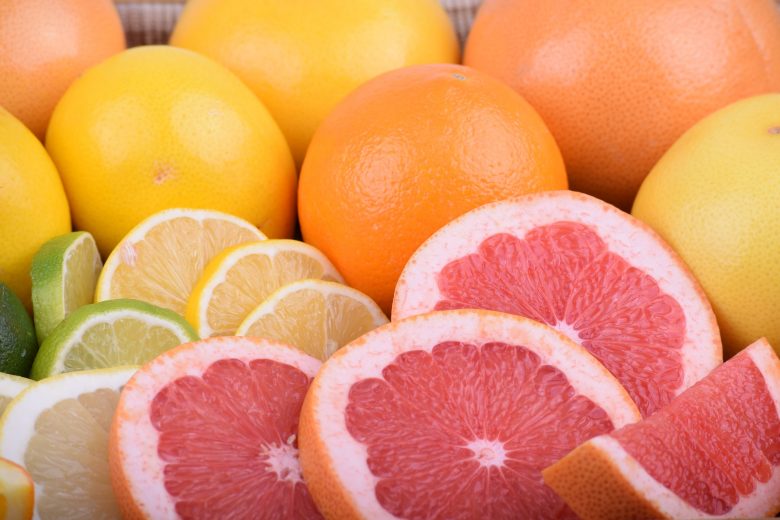
Citrus fruit in Crete
Citrus fruit trees were not always a part of the Greek landscape. This may be a shocking fact as citrus trees are a remarkably familiar sight all over Greece. Nonetheless, in ancient times in the far East, the citrus trees grew, and it was Alexander the Great who discovered them. He documented how to cultivate these trees and brought them back to the West.
In Crete, citrus fruit are orange, lemon, and mandarin trees that grow in most people’s gardens. In Cretan gastronomy, one will observe the great use of citrus fruit as they add just the right flavor in the dishes. The fact that the fruit of the citrus trees remains on the trees for months before becoming overripe, makes the bright colors pop for longer.
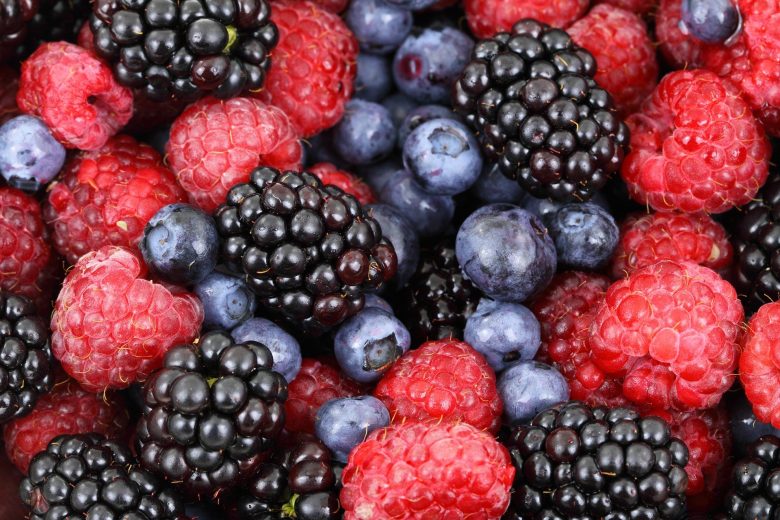
Mulberries in Crete
In ancient Greece, eating mulberries at feasts was the norm. The medicinal benefits of this fruit are extraordinary. Dioscorides and Galen both mention in their documents the incredible health perks of this fruit. More specifically, they recorded how mulberries can aid those with digestive issues. Furthermore, it is a fact that mulberries help sore throats, coughs, and they are valuable for the blood. Theophrastus, on the other hand, documented the strong wood that mulberries have. Moreover, the Byzantine emperor Justinian presented the culture of silkworms to Constantinople. Silkworms were fed by the leaves and this culture spread to Italy and beyond after Constantinople.
This large tree grows up to 20 meters tall and one can see them on Cretan roadsides and in gardens. The white flowers on the tree blossom in April and its fruits in May – June.
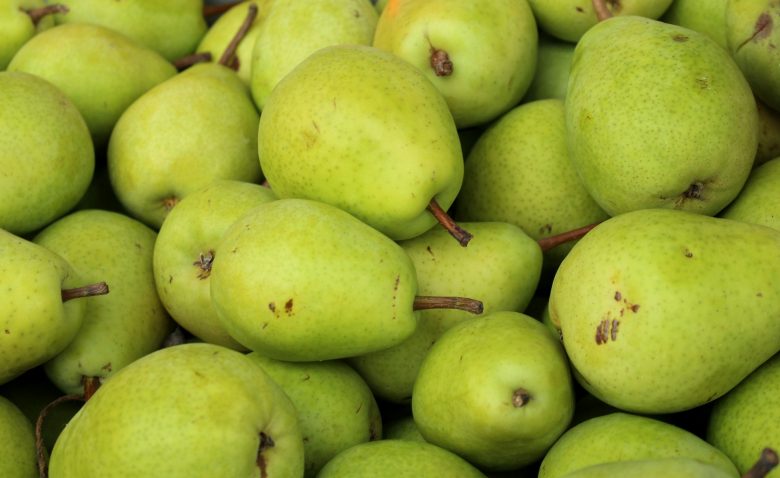
Wild Pears in Crete
In ancient times, wild pears were part of a poor man’s diet, however, it is the first fruit the ancient Greeks ate. Cretans still pick wild pears today, especially in villages and they are popular for their use as a defensive hedge. It is quite common to find these pears in boxes covered with straw. This way they will ripe faster and become sweet.
Wild pears, “pyrus communis”, is a small tree that grows up to 5 meters high on rocky land and has fine round leaves. Finally, its white flowers bloom in March – April and its fruit is in season from October – November.
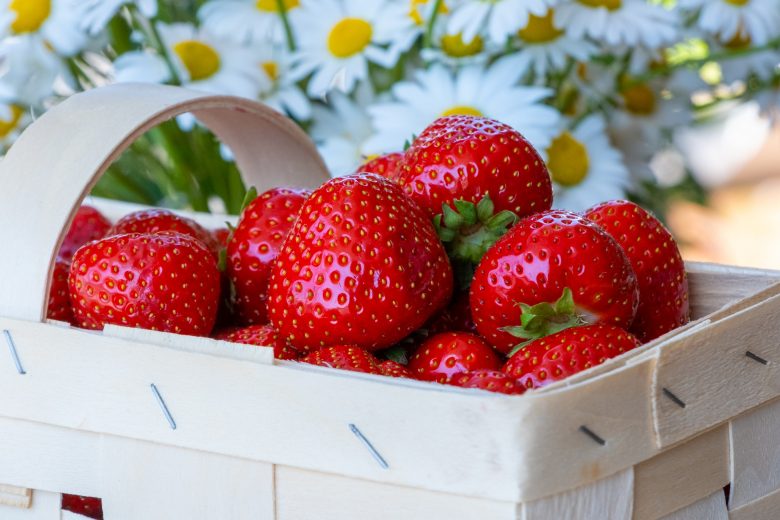
Strawberries in Crete
In ancient Greece, they served and ate strawberries at various ceremonies and feasts. Today, strawberries are a versatile fruit that is in desserts and salty dishes. One will find strawberries in the usual jams but also in liqueurs as the strawberry tree fruit is mildly alcoholic.
Strawberries are an evergreen shrub that grows up to 12 meters on stony soils or edges with flowers that bloom from August – December. Its fruits are in season from November – December.
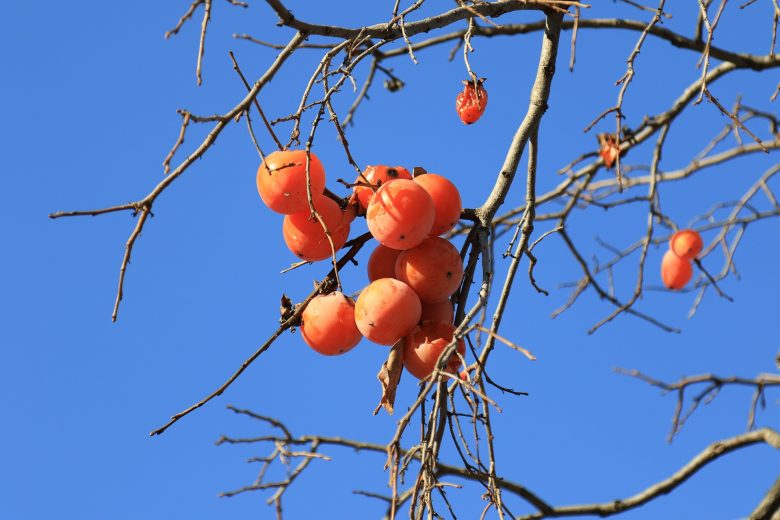
Persimmons in Crete
Persimmon seems to be an ancient fruit Homer mentioned it in Odysseus as Lotos. He tells the story of Odysseus’s men visiting the land of the Lotos eaters as they were returning from the Trojan war. They took a bite into the honey-sweet fruit and it had such an affect on them that it was all that they desired. Odysseus needed to force them back onto the ship so they could continue their journey.
Persimmon, “diospyros kaki”, is a small tree that grows up to 4 meters tall. It has very white yellow flowers that bloom in April – May and its fruits are in season in October – November.
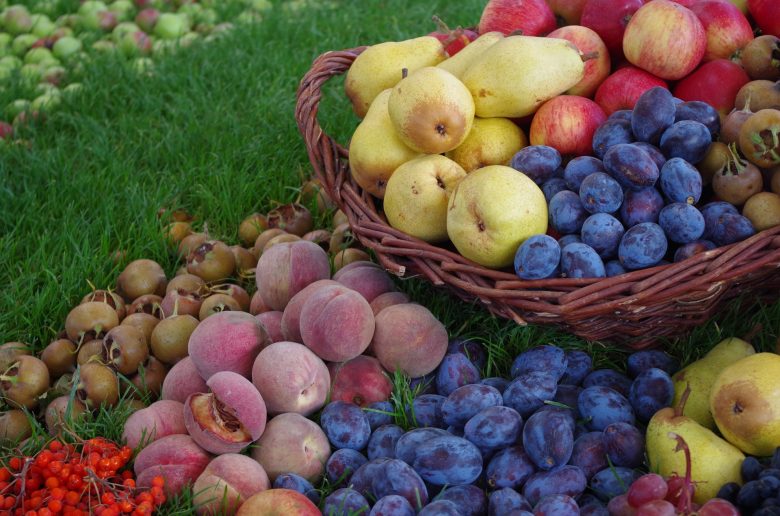
Create your own fruity experience with Elissos Travelling Philosophy to learn more about how Cretans enjoy the fruits of their labor. Participate in our wide range of culinary classes where you will handpick the fruit and cook them with the help of your local Cretan chef.
Suggested experiences that combine Crete’s countryside and gastronomy:
